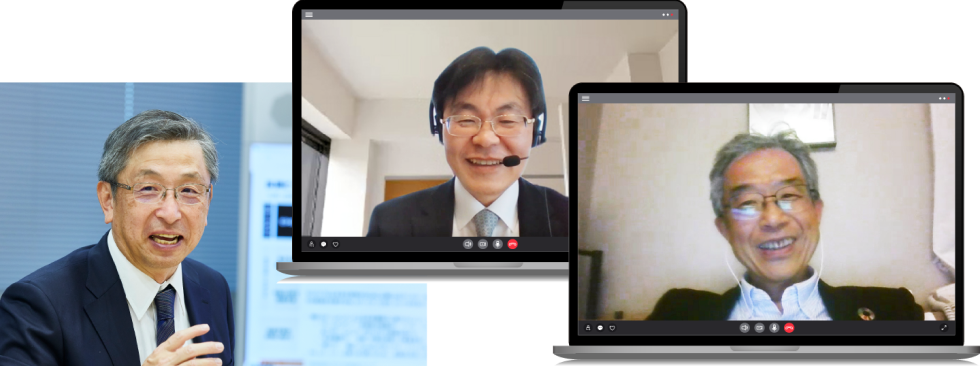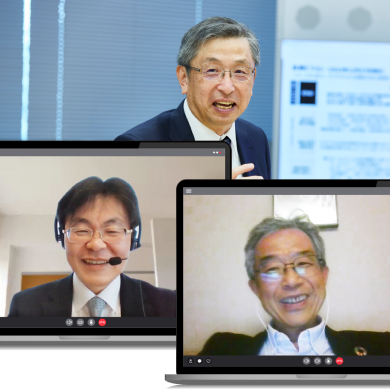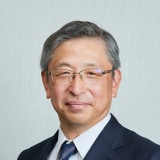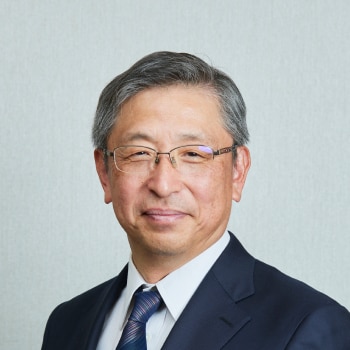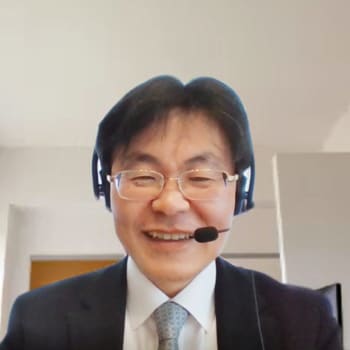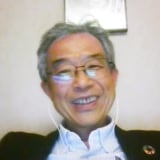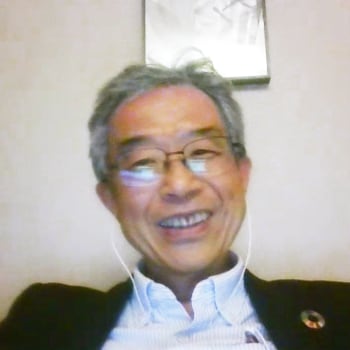New Long-term Vision and Identifying Materiality
TDK’s key issues (materiality), which are directed toward the enhancement of corporate value and embody the concept of simultaneously working to achieve the sustainability of both the company and society as a whole, comprise financial materiality (important items for TDK) and impact materiality (important items for stakeholders). After deriving financial materiality and impact materiality, we closely examined the two and selected our materiality items. The decision as to which materiality items to selected was made after deliberation by the Executive Committee Meeting, which then reported the content of the materiality to the Board of Directors. To realize our long-term vision, we are positioning our materiality as key management issues which should be prioritized when allocating the organization’s managerial resources, and we will taking full-scale measures to address our materiality.
Main Comments and Suggestions of the Experts
Excellent framework takes shape but also important to review flexibly in the light of practice
Koji Nitto
Nitto Koji Office
(Former Director, Senior Managing Executive Officer, CFO, and Senior General Manager of Global Strategy HQ of OMRON Corporation)
Previously TDK’s materiality was set from a perspective emphasizing CSR. Through the latest revision, enabling materiality to contribute to the medium- to long-term enhancement of the TDK Group’s corporate value, TDK has made its aims even easier to understand for stakeholders by clearly positioning materiality as an important domain toward the realization of its long-term vision embodying its Corporate Motto and corporate principles. In the process of compilation too, TDK narrowed down its salient points after comprehensively grasping the views of various stakeholders both inside and outside the company. I felt that there was much to be learned from this model. The issues taken up in materiality can be described as the gap between vision and reality. Going forward, TDK must always be asking itself whether the long-term vision really can be realized by solving these challenges, whether the content is adequate for achieving the long-term vision, and whether it is necessary to act on all the issues. TDK will be required to evolve its initiatives so that they are adequate enough to achieve the vision. In advancing the initiatives, perhaps it will also be necessary to change and respond by, for example, adding materiality if there are shortages or venturing to prioritize issues. In addition, going forward, practice on the ground is going to be important. Since employees on the ground have been earnestly involved in the solution of many issues so far, one can imagine that addition of responses to the new materiality might cause confusion. It is the job of management to clarify what “not to do” among the previous activities and sort out what is feasible from a ground-level perspective so that everyone can concentrate on the new materiality initiatives. In the sense that TDK has begun its evolution toward corporate value management, the latest systemic uplift deserves positive evaluation. I hope that it yields results and rises to the level of being a model for other companies.
Hoping for the capability to link KPIs and sustained earning power and to realize long-term strategy
Minoru Matsubara
Executive Officer in charge of the Responsible Investment Division, Resona Asset Management Co., Ltd.
I feel that the overall composition of TDK’s new materiality is well arranged and easy to understand. At the top they place “Establishment of value creation and competitive advantage through business activities” as an area of joint creation of value by means of the backcasting concept, and at the bottom they have “Strengthening of the management base to envision and realize the future” as a means of supporting business. I understand the stance of incorporating TDK’s DNA, their aims, and what they think is important into a framework and developing new business domains from there. Moreover, as an investor, I was favorably impressed by the linkage of materiality with long-term strategy too. The important thing going forward will be what KPIs will be set. Investors no doubt will watching TDK closely from now on from the perspective of how future cash flow will be created through materiality. In setting KPIs, therefore, it will be important for TDK not only to include the TDK style but also, after clarifying the position of KPIs in overall strategy, to clearly explain how “sustained earning power” is going to be created. In addition, if the KPIs do not lead to earning power, TDK will be required to verify what has caused the bottleneck and show how the results will be utilized in the next plan. I hope that by clearly setting KPIs, TDK will ensure that its materiality does not end up as just a symbolic gesture but functions as something with practicality. Furthermore, while corporate executives in recent years have been strengthening the perspectives of double materiality and corporate value, capital markets and investors think in terms of single materiality and enterprise value. Therefore, to bridge this gap between the two, it will be necessary to engage in appropriate communication while cleverly explaining impact materiality in an integrated manner.
Looking forward to steady efforts based on strong commitment and specific indicators and management techniques
Takeshi Mizuguchi
President, Takasaki City University of Economics
TDK’s new materiality points to 14 key themes integrating financial and impact factors. I feel that it has been arranged through meticulous analysis, and I have no objection to the setting of materiality focusing on the long-term maintenance of competitiveness. On the other hand, though, the frontline viewpoint of investors these days is “investing for sustainability impact.” The idea here is that such fields as the planet and society are the wellspring of corporate value, and unless companies invest in such fields themselves, at the end of the day they will not be able to protect their financial value. TDK’s new materiality includes such factors as climate change and human rights, but it would be even better if TDK showed its commitment to these factors as well. Human capital, DE&I, and wellbeing are the foundations of management and at the same time are important themes as social issues too. That is to say, the efforts of individual companies have an impact on society that then rebounds to those companies. In particular, when incorporating DE&I into materiality, it is important to consider what indicators should be set and by what methods they should be managed. Since the background of the low birthrate involves such issues as how easy it is for women to work and how easy it is for them to have children, it is necessary for the TDK Group as a whole to narrow the gender pay gap. If employees are promoted at an equal pace with no gender conditions, and if the ratio of female managers rises, the gap will surely fade away. On the business side, the supply of products capable of contributing to the reduction of CO2 ahead of other companies is considered to be the source of TDK’s competitiveness. Since there is a strong possibility of entry into such fields as green transformation (GX), the market for which is expanding in Japan, and the photovoltaic cell business, where Chinese companies are displaying their strength, I look forward to seeing TDK make appeals socially by putting forth qualitative stories and also take active steps to tackle such challenges as human rights issues in the supply chain.

